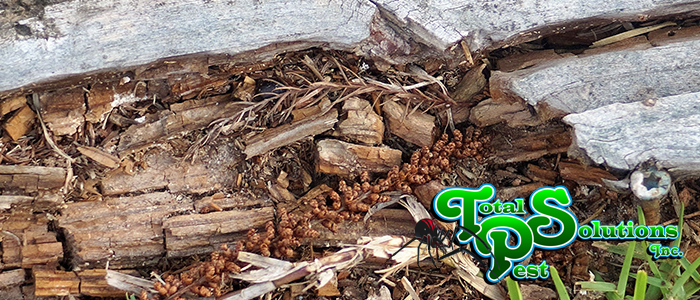
There are many types of insects in Florida that are a nuisance to homeowners. One such nuisance is known as the Earwig. Earwigs are small, slender beetle-like insects that almost look like a black or brown version of a silverfish. Today we will discuss what they are and how to get rid of them.
What are Earwigs?
Earwigs are between a quarter of an inch to an inch in length. They have slender black or brown bodies with six legs, antennae, wings, and pincers at the rear of their abdomen. Not to worry though, these pincers are not used to bite or sting humans in any way. They are actually used in for reproductive purposes. Earwigs might try to pinch you if you pick them up. However, they are not poisonous, and they are not known to carry diseases. They are mostly nocturnal, and they prefer small nooks and crannies where they have some access to a water source. Their name, while it may sound disturbing, is actually thought to refer to the distinctive appearance of their hind wings, which resemble a human ear when unfurled.
Why Do I Have Earwigs?
Earwigs are attracted to vegetation, in particular dead or decaying plants. If there is a pile of old leaves in your yard, there will likely be earwigs munching away inside it. They also enjoy crevices in trees or the ground and anywhere that they can find darkness and water. Earwigs like to wreak havoc on your garden due to their enjoyment of flowers and seeds. They may be brought inside by being tracked in on your shoes if you have been out in the dirt or raking up leaves.
How Do I Get Rid of Earwigs?
Earwigs will make their home into your home primarily in search of food. If their food sources outdoors are running low, the indoor lights may attract them in their hunt. If they are in your home, chances are they will be found in rooms with running water like the kitchen or bathroom. This, however, does not mean that they can not be found elsewhere in the house as well.
To prevent them from entering your home in the first place, we recommend that you regularly inspect your home for cracks or crevices where insects might sneak in. Make sure that these cracks are properly and completely sealed. You should also make sure that any wood piles are stored away from the home. Trim your trees and shrubs to leave at least a six inch gap between the plant and the side or roof of the house. Lastly, make sure that any piles of leaves are promptly bagged and sealed to avoid tempting earwigs onto your property in the first place. If you find that you have an earwig infestation, give us a call to have your home inspected and treated. We will find the source and give you some ideas of how to prevent them from entering your home in the future.
continue reading
Related Posts
Holiday Pest-Free Homes in Winter Haven: Avoiding Cargo Pests As
Auburndale’s Mole Cricket Damage: Repairing Turf Before Frost As the
Lakeland’s Fall Termite Swarms: Early Detection Tips As the summer






